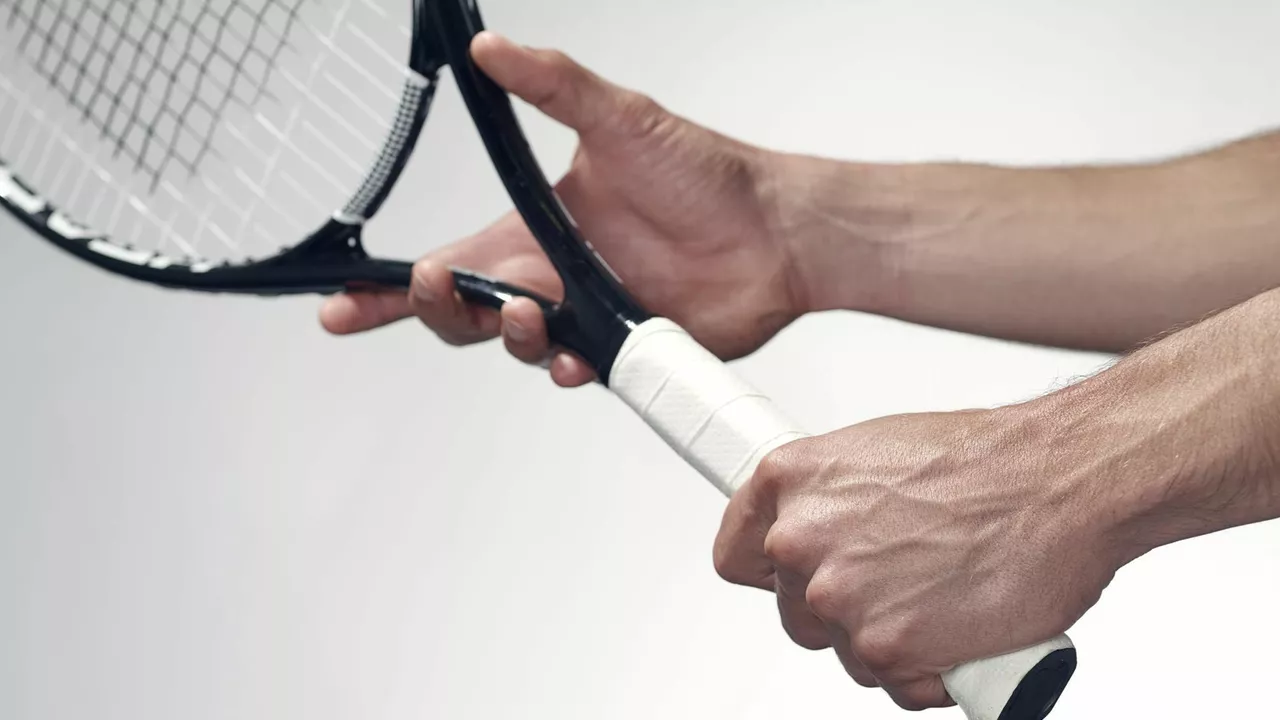How to Choose the Right Tennis Racket for Your Game
Ever stood in the sports aisle wondering which racket will actually help you play better? You’re not alone. The right tennis racket can boost your confidence, cut down errors, and make every swing feel smoother. Below are the must‑know factors that turn a random purchase into a smart investment.
Know Your Skill Level and Playing Style
Beginners usually want a racket that offers more power and forgiveness. Look for a larger head size (100‑110 sq in) and a lighter frame (under 300 g). That combo gives a bigger sweet spot and less strain on the arm.
Intermediate players often start caring about control. Dropping the head size a bit (98‑100 sq in) and adding a bit of weight (around 300‑315 g) lets you place shots more precisely without losing too much power.
Advanced competitors chase the perfect blend of power, spin, and maneuverability. They typically choose mid‑size heads (95‑98 sq in), denser frames (315‑330 g), and a balance point that suits their swing speed. If you’re hitting hard and love heavy topspin, a racket with a higher stiffness rating (around 68‑70) can translate that energy into the ball.
Key Specs to Check Before You Buy
Head Size: Bigger heads give more power and a larger sweet spot; smaller heads provide control.
Weight: Light rackets are easier to maneuver and reduce arm fatigue, while heavier ones add stability and power.
Balance: Head‑heavy models enhance power on groundstrokes; head‑light designs improve net play and quick reactions.
Stiffness: A stiff frame transfers more energy but can be harsher on the arm. Flexible frames are kinder but may sacrifice some power.
String Pattern: 16×19 patterns generate more spin, whereas 18×20 provide tighter control.
Don’t forget string tension. Tighter strings (around 27‑28 lb) boost control, looser strings (24‑26 lb) increase power and spin. Most players settle somewhere in the middle.
Now, let’s talk budget. You can find decent beginner rackets for under £50, while pro‑level models can exceed £200. Decide how much you’re willing to invest and test a few options if you can. Many clubs let you demo rackets, and that hands‑on feel beats any spec sheet.
Lastly, think about durability. Graphite composites dominate the market because they’re light and strong. Some brands blend carbon fiber with titanium for extra rigidity. If you’re a hard‑hit player, a tougher construction will last longer.
In short, match the racket’s specifications to your skill level, style, and budget. A well‑chosen tennis racket won’t just improve your performance—it’ll keep you enjoying the game longer.
Choosing the best tennis racket for your style and ability can significantly improve your game. It's not about the brand, but about understanding your playing level, physical strength, and personal preference. You need to consider factors like the racket's weight, head size, and grip size. It's also crucial to understand the differences between power rackets and control rackets. Always try a few rackets before making your final decision to ensure it feels right in your hand and complements your game.
Continue reading...



